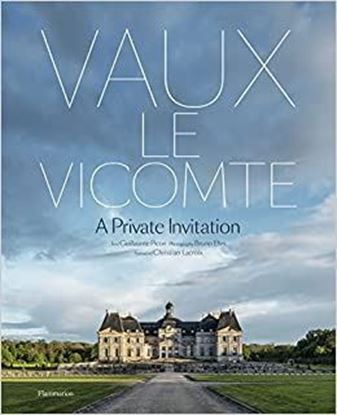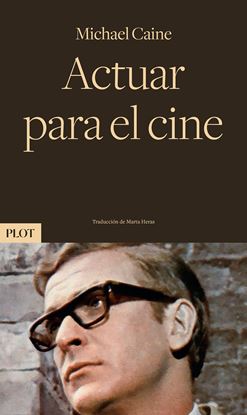

VICTORIA HAGAN. LIVE NOW
As an acclaimed interior designer and member of the AD100 and the Interior Design Hall of Fame, Victoria Hagan had achieved the highest pinnacle of success in her field. But when 2020 arrived, she found herself, like all of us, at home, seeing her life and her space with fresh eyes. The result is this book a creative manifesto and a life-affirming look at the nature of home, and how it connects and calms us, comforts and nourishes us. Beautifully designed with a luxurious oversize package that includes gatefolds, Live Now celebrates the quiet and extraordinary beauty of the everyday. Open windows beckon, through which we glimpse the ocean, its hues echoed in the interior palette. A chair for reading waits on a patio, overlooking an expanse of hills. Fresh corn and strawberries from the farmers market tumble over a kitchen table. The 12 dwellings featured in Live Now may range in style, but all share the soothing, light-filled palette, serenity of mood, and aesthetic rigor for which Hagan is renowned, as well as a deep connection to their surroundings, from Sonoma to Palm Beach, Manhattan to Martha s Vineyard.
2,800
VAUX-LE-VICOMTE
This comprehensive monograph is an exclusive look inside the château that inspired the design of Versailles and today continues to enchant visitors and film directors alike.
Vaux-le-Vicomte’s rich history began in 1641 when infamous French finance minister Nicolas Fouquet, the original owner, surrounded himself with the most skilled and talented artisans of the time: the architect Louis Le Vau, the painter Charles Le Brun, and the garden designer André Le Nôtre, to create a perfect harmony between architecture and landscape. The Château de Vaux-le-Vicomte and its spectacular gardens fascinated Louis XIV and were the inspiration for Versailles. Classified as a historical monument since 1875 under the impetus of the owner at the time, the castle of Vaux-le-Vicomte quickly became a model of the artistic genius of the seventeenth century.
This volume traces the château’s history from the seventeenth century through the Belle Époque, World War I, and its public opening in 1968. Exclusive photography and archival documents offer unprecedented access to the château, furnishings, and gardens, and illuminate the extraordinary secrets of court life and centuries of celebrations that include the enchanting candlelit tours held today.
2,995
ACTUAR PARA EL CINE
Nadie mejor que Michael Caine para enseñar los trucos de la interpretación en el cine.
«¿Por qué les cuento todo esto? ¿Qué derecho tiene Michael Caine a enseñarles a actuar en el cine? Absolutamente ninguno. Hay muchos actores que saben tanto como yo y más. Pero una parte de este negocio es algo más que un negocio: es una comunidad. Y una comunidad en la que la gente comparte sus experiencias. Lo que yo sé hoy es el resultado de lo que otros actores de éxito han compartido conmigo. Solo estoy pasando la antorcha. No tomen mi experiencia por el sagrado evangelio. ¡Limítense a tomarla y echar a correr!»
Nadie mejor que Michael Caine para enseñar los trucos de la interpretación en el cine. Michael Caine apareció en una película en 1956 por primera vez, y desde entonces no ha parado de demostrar lo importante que son el naturalismo y la espontaneidad ante las cámaras. Su filmografía cuenta con más de cien títulos de todo género y nacionalidad, ha sido un icono hockney, el secundario más brillante y el protagonista de películas dirigidas por los más grandes de la historia del cine: John Hudson, Woody Allen, Vittorio de Sica, Brian De Palma, Stanley Donen, Christopher Nolan o Paolo Sorrentino han hecho de él un actor polifacético, siempre ingenioso y seductor sin encasillarlo en un personaje.En este libro, Michael Caine brinda una lección de actuación en cada frase. Atento a los detalles sin perder ni un ápice de diversión, 'Actuar para el cine' es también un recorrido por su carrera, lleno de consejos sobre cómo ser una estrella y cómo mirar sin miedo a la cámara. Imprescindible para el actor profesional, para el estudiante de interpretación y para el aficionado que desea conocer los secretos del oficio.
1,450











